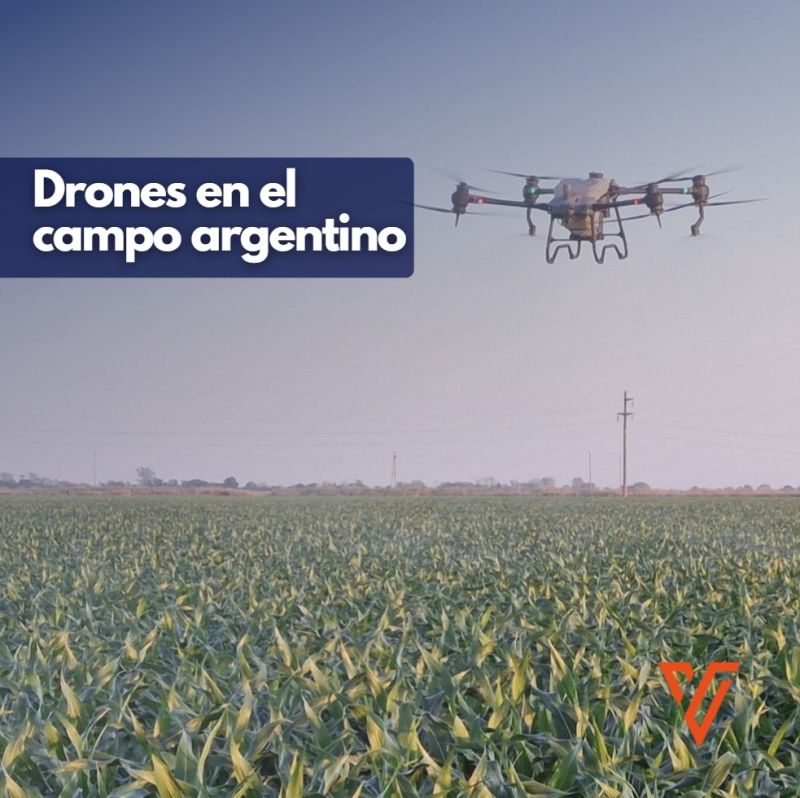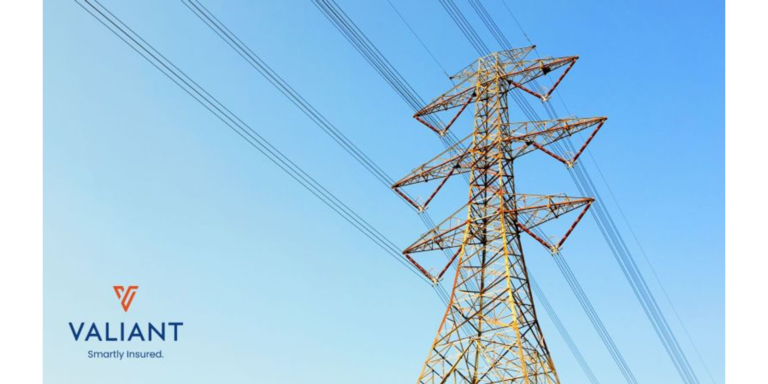The use of drones in agriculture is moving from promise to reality, and is already taking hold in the country.
Around 90 spraying drones were imported in 2023; by August 2024 the figure had reached roughly 600. Projections for the end of 2025 anticipate more than 2,000 units operating nationwide. Companies such as DJI and XAG are leading the local market.
Advantages of spraying drones in the field
While the benefits are clear, the limitations are too. Drones offer significant versatility, enabling treatments in otherwise inaccessible areas. They also deliver greater precision with a reduced environmental footprint—an important advantage for intensive agriculture and challenging terrain. In addition, they limit soil compaction by reducing heavy machinery traffic, helping to protect crop performance.
Challenges and regulatory brakes
However, the use of drones in agriculture also brings challenges. On the technical side, battery autonomy remains limited and certain formulations are difficult to apply. On the regulatory side, the main constraint is the framework itself.
In Argentina, the government has updated regulations for unmanned aerial vehicles (UAVs). Nevertheless, phytosanitary application by drone is still not permitted due to the absence of a specific SENASA framework. This regulatory gap creates uncertainty, but also represents an opportunity—particularly for companies able to adapt early.
The key is to strike a balance between technological progress and regulatory requirements to ensure safe and effective application. Drones can complement existing technologies, but for that to happen the rules must evolve, and applications must be proven at least as effective and safe as traditional methods.
How do you see this issue? As technology use in the field grows, new challenges will emerge. It is valuable to bring these discussions to the table and address current realities in the country.




